Is Inert Gas Protection Necessary When Brazing Ceramics?
Brazing joins materials using a filler metal above 450°C. It creates strong, leak-proof joints. It is vital across many industries.
Brazing is vital for joining dissimilar materials like ceramics and metals. This combines unique properties, useful in electronics and aerospace.
What are the Key Challenges in Achieving High-Quality Ceramic Brazing?
What are the specific difficulties in ceramic brazing? What factors make it a complex process needing expertise?
Ceramic brazing has inherent challenges. These include thermal expansion mismatch. Ceramics also readily oxidize at high temperatures.
Yes, ceramic brazing1 presents unique difficulties due to thermal expansion differences and the ceramic’s tendency to oxidize at high temperatures, requiring careful control, appropriate filler materials, and specialized techniques to achieve strong and reliable joints.
Why is Inert Gas Protection a Crucial Consideration for Ceramic Brazing Success?
Why is the use of an inert atmosphere so crucial for brazing ceramics effectively? What specific advantages does it confer in the overall process for superior results?
Inert gases prevent unwanted oxidation effectively. They shield materials during heating. This ensures high-quality, reliable joints.
It is essential for success as it prevents oxidation, ensuring proper filler metal wetting2 and strong joint formation. This is particularly vital for ceramics sensitive to high-temperature oxidation, as oxidation can significantly weaken the joint and compromise its integrity, leading to premature failure.
How Does Inert Gas Atmosphere Affect Brazing Quality, Performance, and Joint Reliability?
In what precise ways does inert gas improve brazing outcomes? What tangible benefits does it bring to joint performance and overall reliability?
Inert gases minimize surface oxidation effectively. They enhance braze alloy wetting significantly. This strengthens joints and reduces defects.
It enhances quality and reliability by preventing oxidation, which leads to improved wetting of the braze alloy and stronger metallurgical bonds. This results in increased joint strength, reduced porosity, and fewer defects, ultimately ensuring consistent and long-lasting performance under various operational conditions.
| Benefit | Description | Impact on Joint Quality |
|---|---|---|
| Reduced Oxidation Risk | Prevents oxidation at high temperatures. | Clean surfaces, better wetting, stronger adhesion. |
| Enhanced Wetting | Alloy flows and adheres consistently. | Uniform coverage, robust bonds. |
| Minimized Defects | Reduces porosity from gas entrapment. | Improved tensile strength, leak-tightness. |
| Increased Joint Strength | Durable joints resist corrosion. | Extended lifespan, reduced maintenance. |
| Improved Visual Appearance | Cleaner finish. | Enhanced product appeal. |
| Enhanced Process Control | Stable conditions, improved repeatability. | Consistent results, optimized production efficiency. |
Which Specific Inert Gases Provide Optimal Results for Diverse Ceramic Brazing Applications?
Which specific inert gases are most appropriate for ceramic brazing needs? Do some offer demonstrably superior results relative to others available?
Argon is a popular, stable choice. Helium is used in specialized tasks. The best choice depends on needs, cost, and availability.
These gases are commonly used successfully in ceramic brazing. Argon is cost-effective and provides stable protection due to its density and inert nature, effectively displacing oxygen from the brazing environment. Helium is used when higher thermal conductivity is needed to manage heat distribution during the brazing process, particularly in complex geometries or when dealing with materials that are sensitive to overheating.
What Practical Alternatives Exist to Traditional Inert Gas Shielding Techniques in Brazing?
What alternative methodologies are available for precise atmospheric control? What other methods can be used in the brazing environment?
Vacuum brazing is a viable alternative. Fluxes offer localized protection. Controlled atmosphere furnaces are another option.
Vacuum brazing provides an oxygen-free environment, eliminating the need for inert gas and preventing oxidation. Fluxes create a chemical barrier against oxidation, suitable for specific applications and joint designs where localized protection is sufficient. Controlled atmosphere furnaces, while more complex and costly, offer precise control over the brazing environment, allowing for the use of reducing atmospheres to minimize oxidation.
Conclusion: Is the Use of Inert Gas Truly Essential for Flawless Ceramic Brazing Outcomes?
Is inert gas absolutely indispensable most of the time? Can ceramics be successfully brazed in quantity without needing any inert gas protection?
Inert gas isn’t always mandatory. But it improves quality. It depends on needs and materials. It also depends on performance levels.
While some ceramics and specific applications might allow brazing without inert gas protection, its use generally enhances joint quality, reliability, and repeatability, making it a preferred method for demanding applications where consistent, high-performance brazed joints are critical. The decision to use inert gas should be based on a careful evaluation of the materials being joined, the application requirements, and the desired level of quality and reliability.
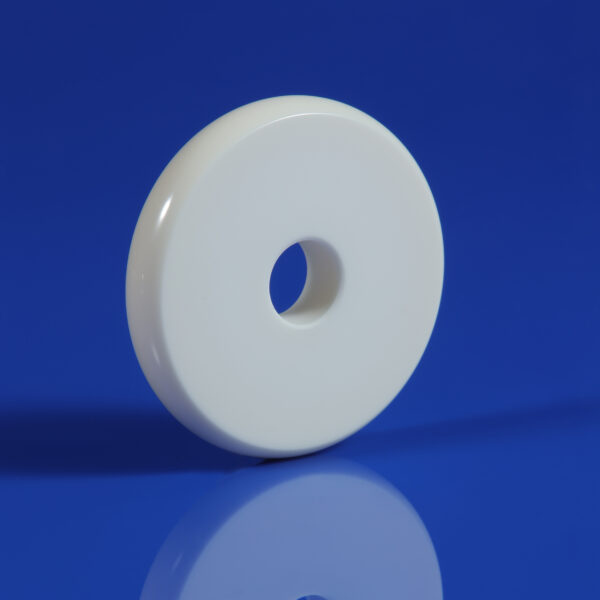

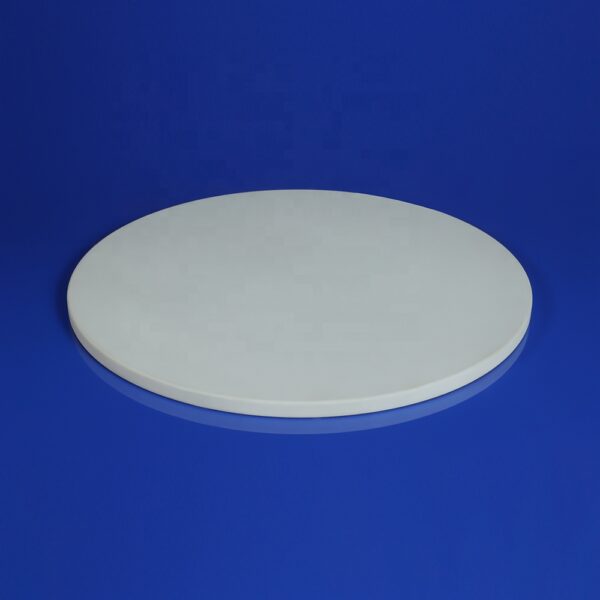

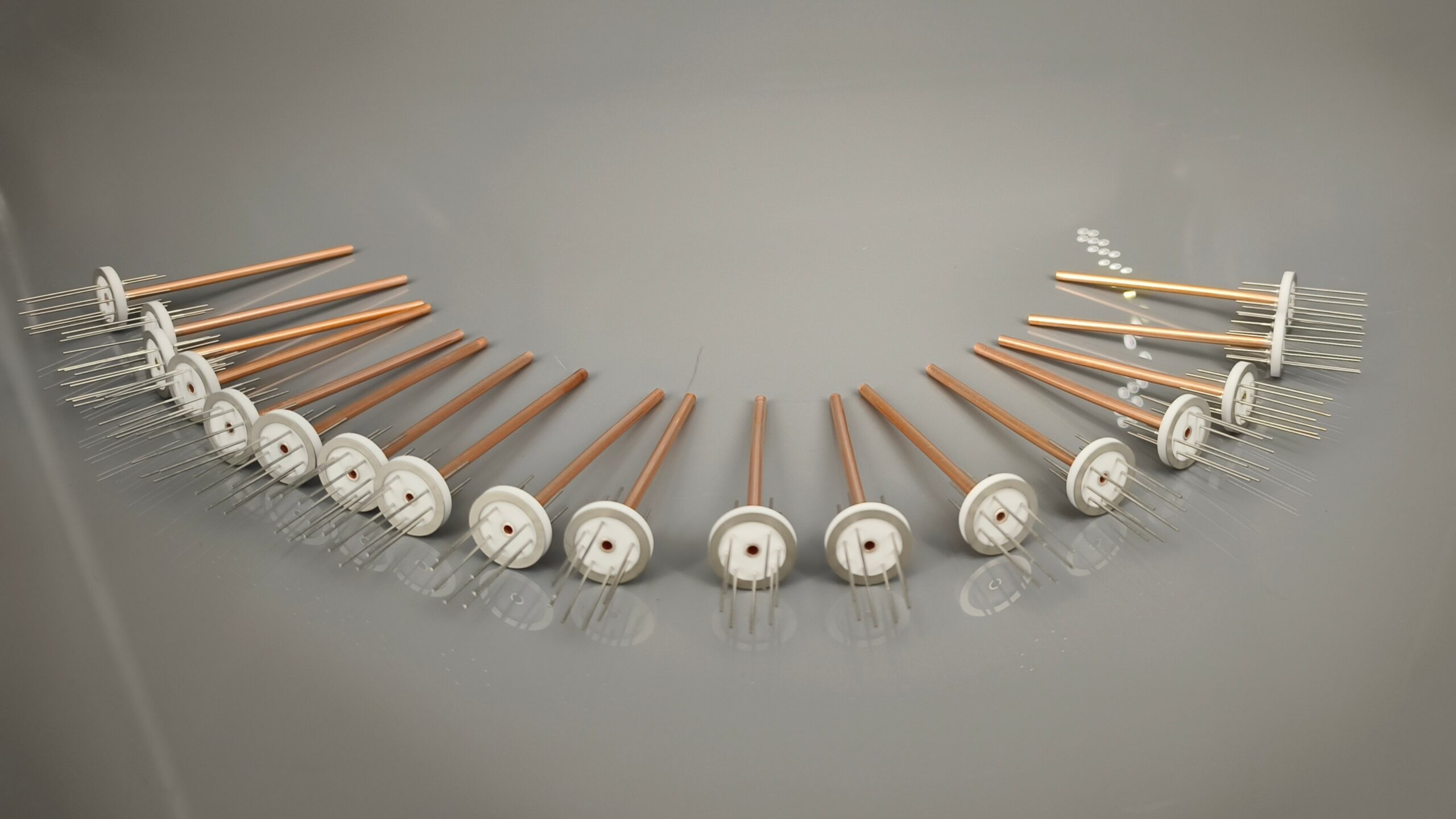
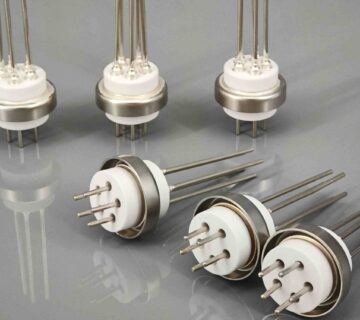
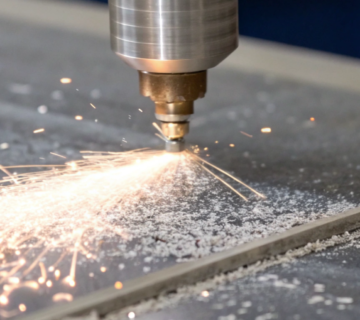

No comment